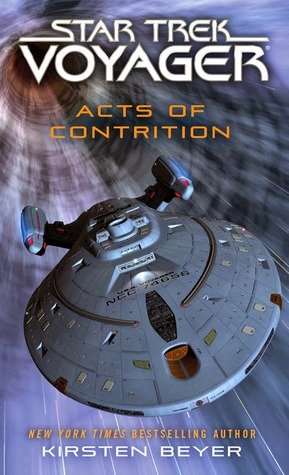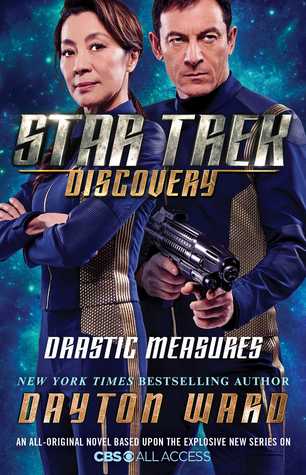Due to the pacing, the story arc of Seven/Axum/Doctor Sharak was considerably less engaging and I found myself skipping those parts. I also realised that I had limited interest in anything to do with holograms, probably because they do not appear as multidimensional as their real life counterparts.
In contrast, Tom Paris’ story arc makes for an interesting read because of the unpredictable nature of his actions.
Fortunately, the pace of the story escalated quickly towards the end.
However Utopian Starfleet officers painted the Federation to be to their Confederacy counterparts, you can’t help but think that if you probe under the façade, you are bound to see some cracks caused by the interactions of species. Another example is the research to deal with the catomic plague at Starfleet Medical, which appears to be spearheaded by a reputable scientist with inadequate oversight.
In many ways, the Confederacy of the Worlds of the First Quadrant is just like Singapore.
“The only thing replicators would destabilize is the power of the Market Consortium,” Janeway said. “Your first consul sees your people as limited in their abilities and therefore in need of a strong guiding hand.”
“Like children,” Cin said softly.
The admiral nodded. “There was certainly a time in the history of your people when such strong centralized authority was required. But your civilization has evolved. Its structure and capabilities are limited only by the restrictions you choose to impose upon yourselves.”
(Substitute “Market Consortium” with “People’s Action Party” and everything still makes sense.)



